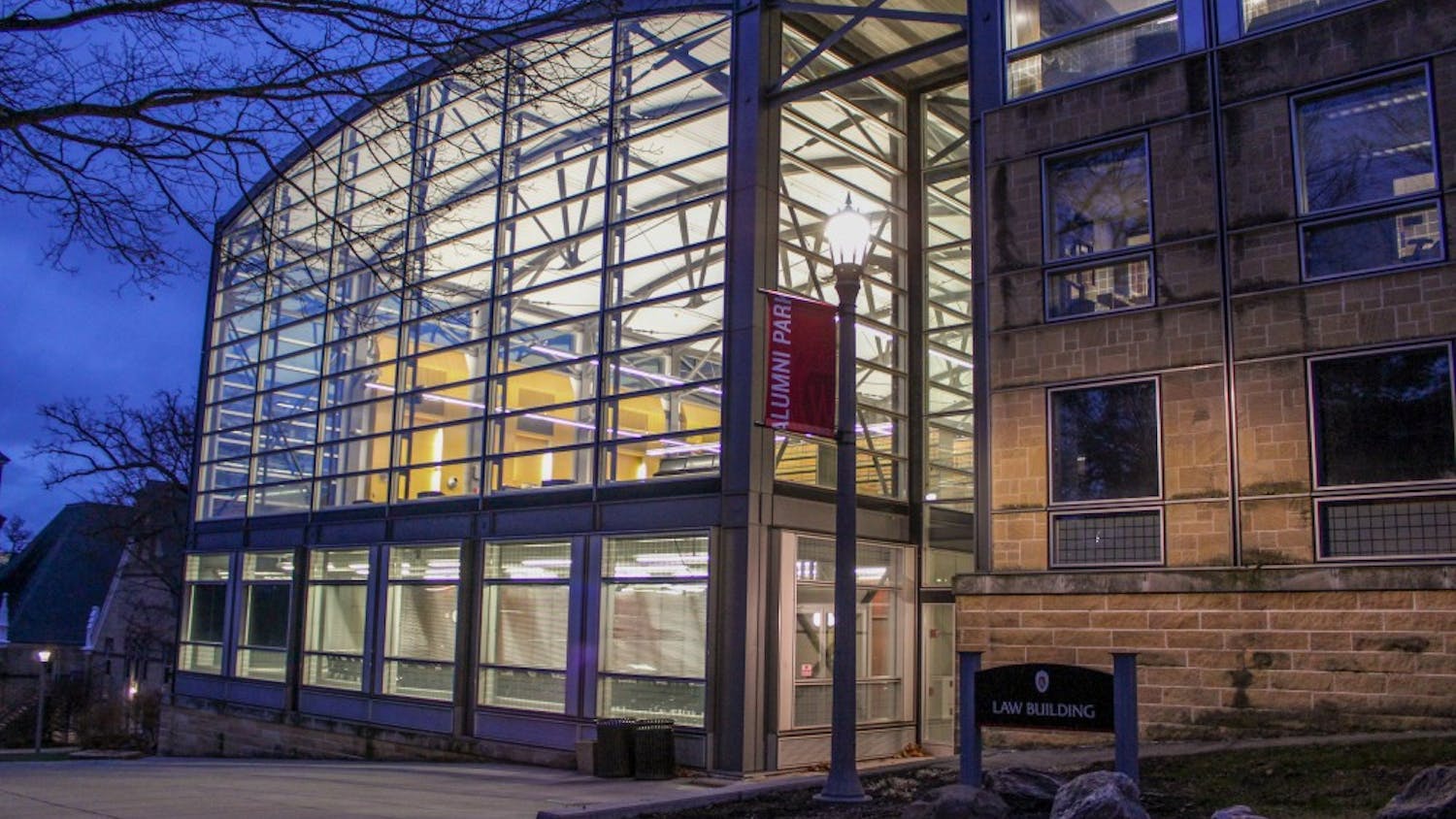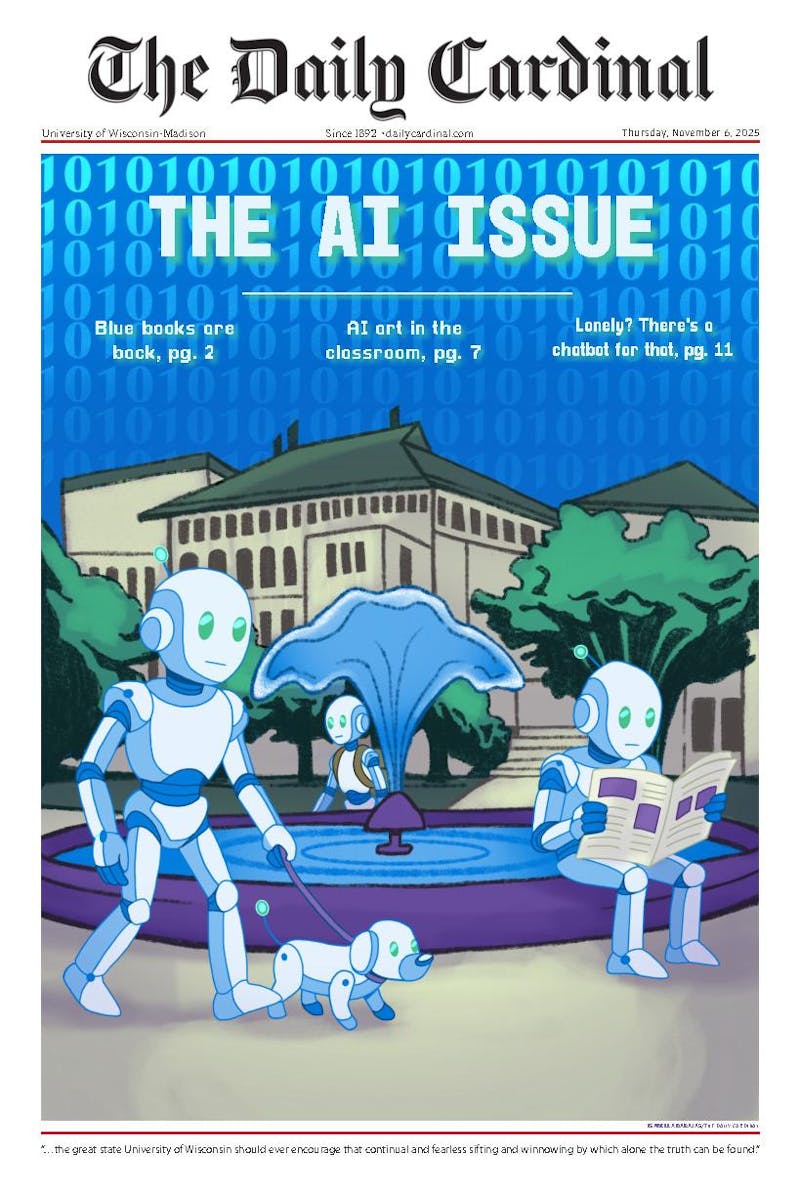The Student Financial Services Committee decided Monday to table till next week the re-examination of the previously approved budget for Safe Arrival for Everyone, which includes SAFEwalk, SAFEcab and SAFEbus. The committee approved a budget of $295,602, Oct. 8, only $3,449 less than the $299,051 initially requested. The funding faces review due to differences between SAFE contract and practice.
Reconsidering the funding for organizations is a long-standing ASM pastime, one occasionally put to good use. However, any funding cuts to the SAFE program warrant pause. It was bad enough to eliminate the $3,449 that would have funded raises for SAFE employees, given the valuable service they provide, but the service cutbacks that could result from less funding are unacceptable.
The SAFE services have a value beyond dollars. Most students have ridden at least once on the 80, 81 or 82 buses on their nightly rounds, whether returning from late-night study sessions or parties. SAFEcab and SAFEwalk ensure door-to-door service from libraries or from bars. All three provide safety and security on late nights.
The budget initially passed the Student Services Finances Committee easily, minus some scuffling over the future of SAFEwalk. Opponents complain that SAFEwalk does not provide enough service to justify continued funding, or at least funding at the current level. They claim that because it was used by only 1,170 students last year, compared with the 21,602 who utilized the cabs and bus, funding should be diverted away from it. Students do not like to acknowledge their vulnerability to potential violence, a mindset which may prevent many from using the service, but that does not make it unnecessary. In fact, the number of those being walked home has jumped.
Statistically, Madison is one of the safest cities in the nation. In 2001, it ranked first overall in cities of its size, but only 12 of 14 when it came to the number of rapes and thefts. There were 63 reported rapes in the city, a number that, while small, is not insignificant in the minds of women walking alone. The SAFE services provide both safety and peace of mind for students making their way home after dark.
While a cab may be the best method for a student returning to their off-campus apartment on the 700 block of Gorham Street, a freshman going home to Ogg from the library may find a walking escort more practical than waiting for a bus or cab. For those students using SAFEwalk, it is not an useless program whose funds should be diverted elsewhere.
SAFEride will not take riders to parties or bars and will only carry two people at once, on the assumption that larger groups can pool their money for a ride. They run until 3 a.m. while school is in session, and during finals the hours are extended until 6 a.m., quite a bit longer than the buses, which only run until 3:00 a.m. on Friday and Saturday, heading back to the garage at 1:30 a.m. every other day of the week.
However, despite the budget increasing steadily in recent years, SAFEride services have experienced some drastic and unexplained cuts. This fall, they cut the number of allowed cab rides each month in half from eight to four, and reduced its hours of operation, moving its start time from 9 to 10:30 p.m. Students are now required to have their ID with them, and any guest they bring with counts against their ride total for the month. The service has become less convenient and the reasons why should be discovered and corrected.
If this is the reason the SSFC has decided to reexamine the budget, then perhaps they are right to do so. They may be able to force a repeal of some of these changes in exchange for maintaining the approved level of funding.
There are other safety precautions in place on campus, with lightway paths on frequently walked routes and 60 emergency phones scattered around. Six residence halls have 24-hour lighted foyers and phones, which seem like a great idea, except that dorms require a key to get in after a certain time of night, making them useless to those who don't live there. The SAFE services provide much greater security than these infrastructures, since it keeps students from having to make their way home alone.
Funding cuts, whether to SAFEwalk, SAFEride or SAFEbus, could leave students in danger if services are reduced, given the number of people that take advantage of them. That number will only grow and the services should be maintained and expanded. If this review is to ensure that, the SSFC is justified, but they should hesitate before trimming more pieces of the SAFE budget without good reason. The safety of even a handful of students is more important than petty details.





